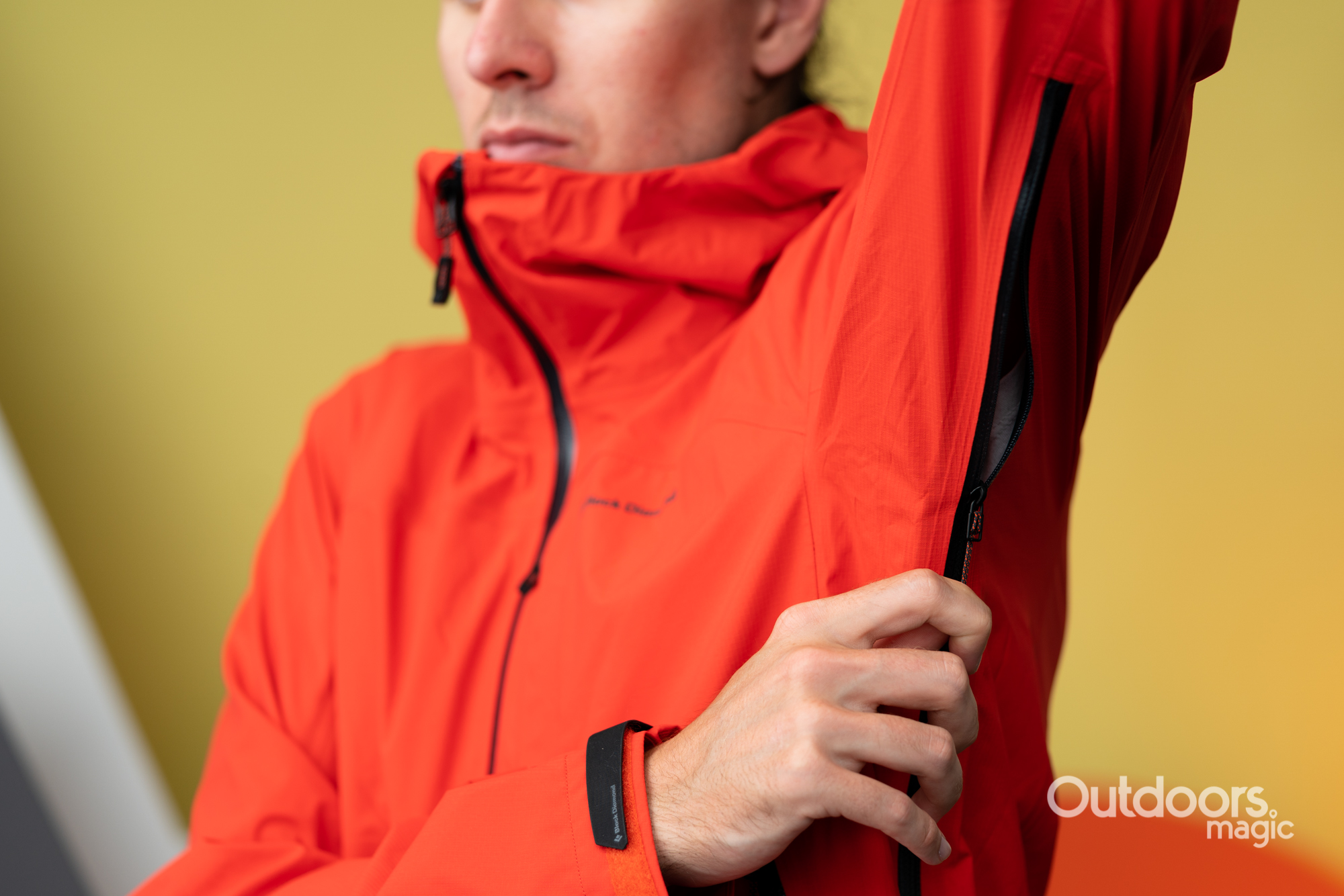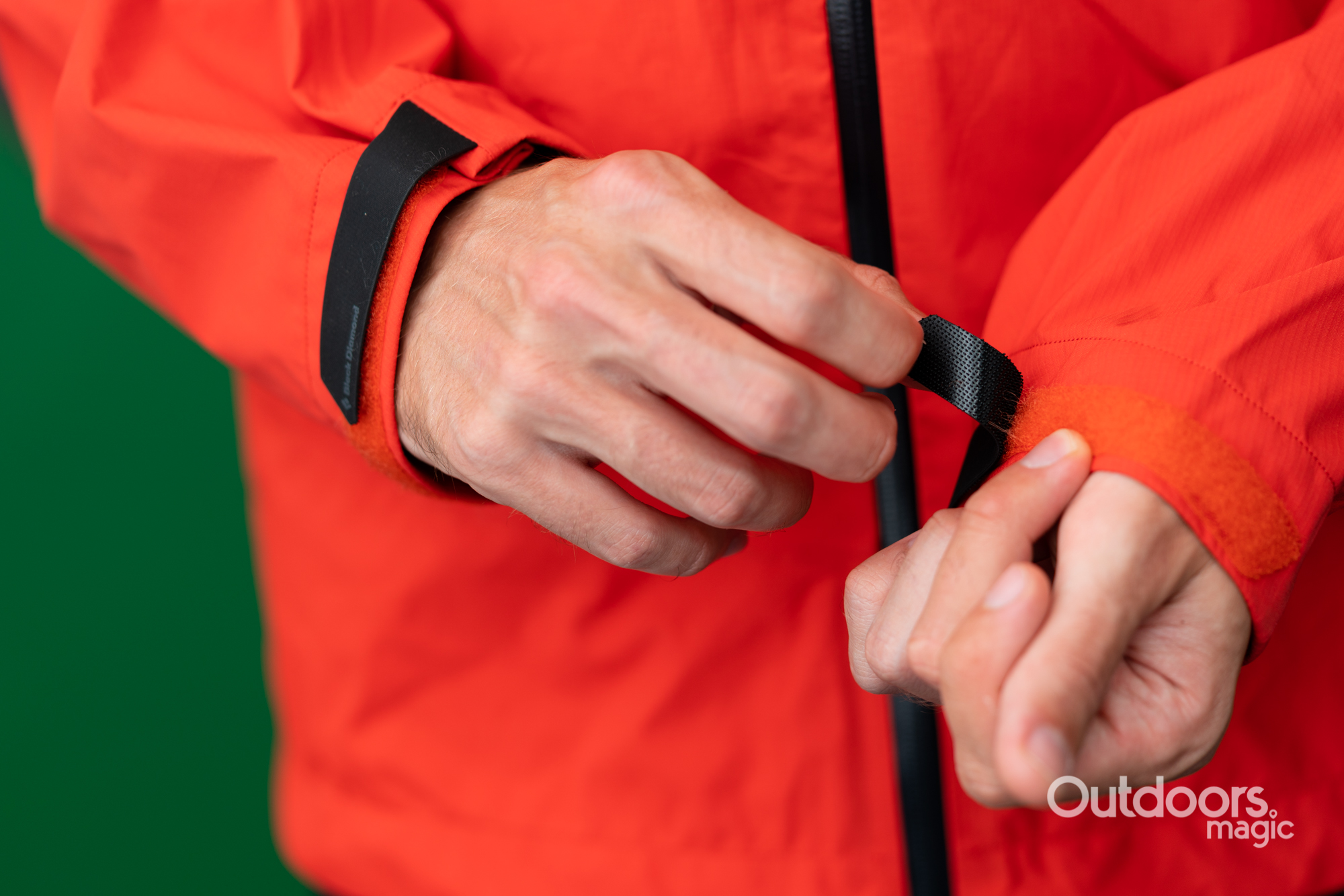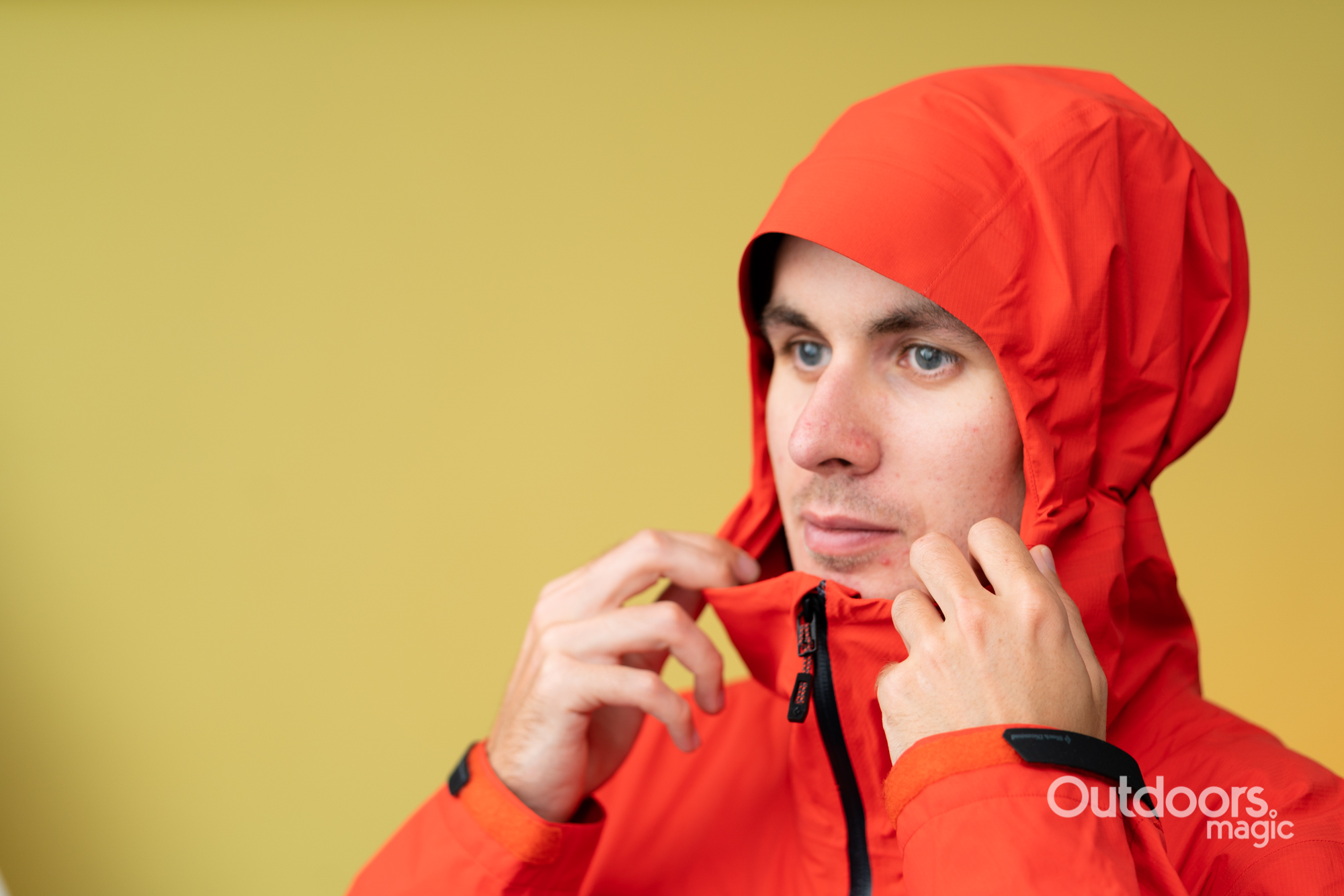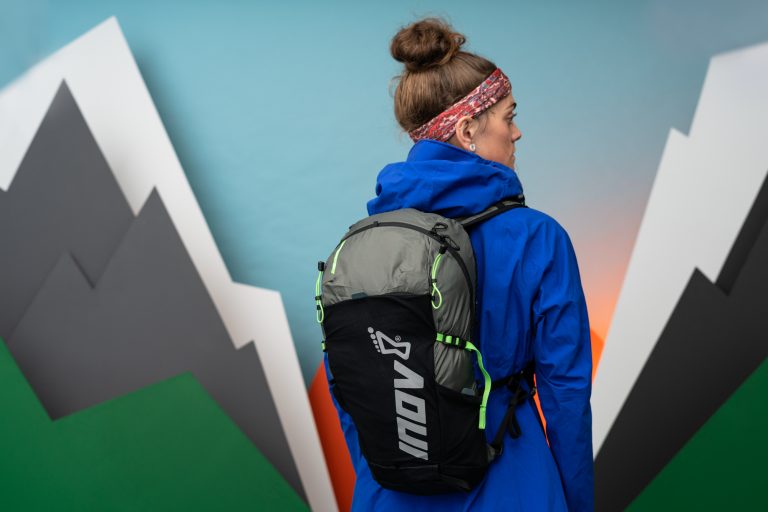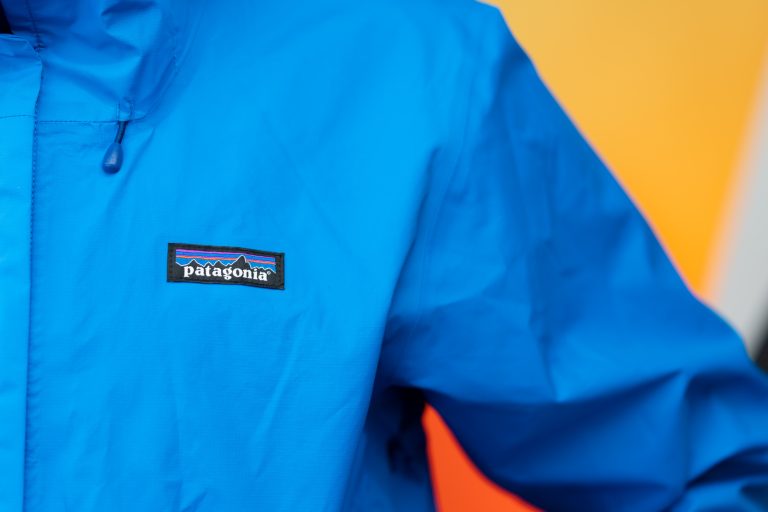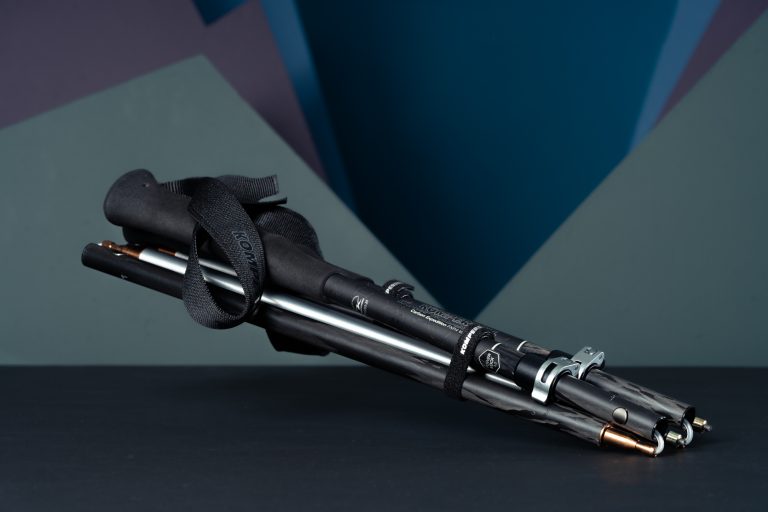Why We Chose The Black Diamond Highline Shell: Eco-friendly aspects, good protection, useful technical features
Alpine equipment specialists Black Diamond have come up with something very interesting here. Their brand new Highline Stretch three-layer waterproof jacket features a technology we’ve not seen before, one that supposedly means the jacket will never need to be re-proofed.
Who Is The Black Diamond Highline Shell For?
With its waterproof and breathable build, as well as its protective hood and technical details, this is one of those jackets that we reckon any alpinists or ski mountaineers are going to love. It’s also just about light enough for lightweight backpackers to consider as well.
Materials
Black Diamond’s proprietary BD.Dry waterproof fabric is featured here. It’s a three-layer design with a nice bit of stretch to it and an overall lightweight feel. The hydrostatic head (waterproof rating) is a fairly decent 20,000mm while the moisture vapour transition rate (breathability) measures 20,000g/m2/24hours. That breathability rating is fairly middle of the road on paper, but that doesn’t take into account the big amount of airflow you’ll get with the pit zips fully opened up.

The main talking point is the GTT Breathable Waterproof Protection Technology it uses. In other words, the type of durable water repellent treatment (DWR). DWR is the stuff that prevents the outer fabric of a waterproof jacket from getting saturated and losing its breathability. When you see rain beading on the surface, that’s a DWR doing its job. It’s been a bit of a talking point in the outdoor industry for a couple of reasons: first of all because many types of DWR have relied on eco-hazardous PFCs and secondly, because it doesn’t take long before they lose their effectiveness and need to be reapplied. With this jacket however, they claim to have got round those two problems. Made by a company called Green Theme Technologies, the Highline’s DWR is not only PFC-free and made with low water wastage, but it’s also much, much longer lasting than standard DWRs as well.
The secret is in its method of ‘covalent molecular bonding’. This causes the polymers of the DWR to lock to the fibres of a fabric, as opposed to just layering on top and washing away with a few heavy spells of rainfall or after going in the wash. It’s pretty unique stuff; so far we’re only aware of Jack Wolfskin using anything similar.


